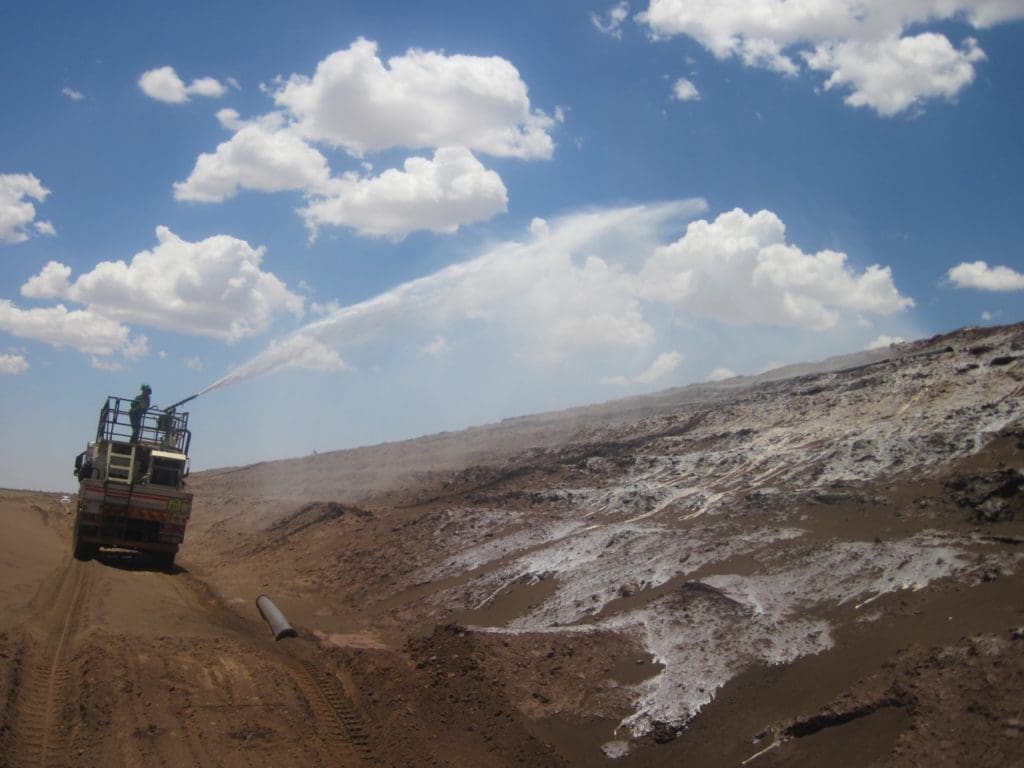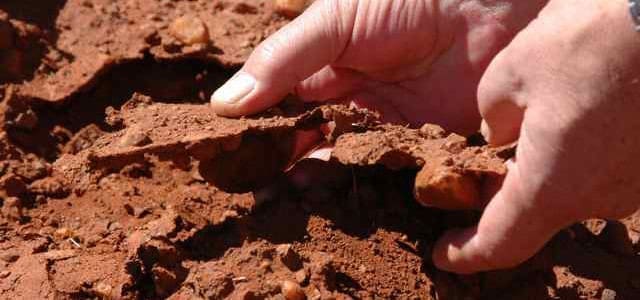Article Source. SIMONE LIEDTKE www.miningweekly.com “Responsible Mining Foundation seeks ‘more ambitious’ standards for TSFs – 22 January , 2021. https://www.miningweekly.com/article/responsible-mining-foundation-seeks-more-ambitious-standards-for-tsfs-2021-01-22/
Responsible Mining Foundation seeks ‘more ambitious’ standards for TSFs
Earthlife Africa director Makoma Lekalakala attributes this to the legacy of the goThe Corrego do Feijao tailings dam collapse, in Brumadinho, Brazil.
The vast majority of large-scale mining companies are still unable to demonstrate that they review and report on how effectively they manage risks related to tailings storage facilities (TSFs), and take responsive actions as necessary, despite growing disclosure on TSFs, the Responsible Mining Foundation (RMF) notes in its ‘Responsible Mining Index (RMI) for 2020’.
The publication, last year, of a new global standard was “most welcome”, but the RMF indicates that it will support more ambitious aims for the standard only as it evolves.
Some of these more ambitious aims include raising accountability and responsibility to the CEO or the board level; making free, prior, and informed consent (FPIC) a fundamental right, not a formality to be ineluctably obtained; and including protection of World Heritage Sites and other recognised protected areas.
Additionally, including the protection of riverine, lake, and marine environments would also be supported; as would specification that TSFs should be located away from community and worker facilities, and that they should not be located in areas with moderate or higher seismic risk.
The more ambitious aims would require more public disclosure of the effectiveness of measures taken to limit risk; and a revision to the consequence classification matrix to classify as ‘Extreme’ any failure that would result in any loss of life, instead of the current threshold of 100+ human fatalities.
Moreover, the Global Industry Standard on Tailings Management applies mostly to new TSFs, with less attention being paid to existing and abandoned ones, the RMF points out. The foundation notes, however, that it is estimated that up to one-third of the current global portfolio of TSFs are impaired and in need of urgent intervention; and that between 25% and 30% of all TSFs are abandoned, raising the question of responsibility over time.
As an example, the RMF referred to the government of China acting incisively last year, after a tailings dam spill at a molybdenum mine that was the biggest tailings leak the country had experienced in 20 years.
“But we need more coordinated and inclusive efforts worldwide to ensure leading practices on tailings management are implemented and enforced across the industry. Whatever the mechanism, clearly urgent action is needed to address the thousands of highest risk TSFs that currently threaten the lives of many peoples around the world,” the foundation avers.
Considering that it has been two years after the tailings dam burst in Brumadinho, Brazil, the RMF notes that the mining industry has shown its willingness to take the issue of global tailings risks seriously.
But the challenges remain great, if one considers the vast numbers of abandoned sites, the profit motive driving corporate decision-making, and the way regulators have allowed companies to walk away from their responsibilities and externalise costs to society and future generations.
The proposed establishment of an independent Global Tailings Institute is an opportunity to promote a more ambitious Global Industry Standard on Tailings Management, re-build trust in the industry, and use its independent status to foster inclusive international collaboration, the foundation says.
Harmony Kalgold- SOUTH AFRICA
The client was looking for a cost effective environmentally compliant sustainable solution for dust abatement and erosion control on one of their stockpiles.
Assmang Khumani Iron Ore Mine Stockpile Treatment- SOUTH AFRICA
EBS Stockpile Treatment Proves Long-Term Dust Control & Erosion Prevention at ASSMANG Khumani Iron Ore Mine At ASSMANG Khumani Iron Ore Mine, a stockpile treatment using EBS Soil Stabilizer was conducted to demonstrate its effectiveness in dust control and erosion prevention. Two adjacent stockpiles were monitored: ✅
Eastplats Mine Tailings Application- SOUTH AFRICA
Eastern Platinum (Eastplats) Implements Long-Term Dust Control for Crocodile River Mine Eastern Platinum (Eastplats) Crocodile River Mine in South Africa required an immediate and effective solution for dust control on its Mine Tailings complex. The excessive dust was not only creating hazardous working conditions but also impacting
LOGIN / REGISTER
![]()
Stay Connected














